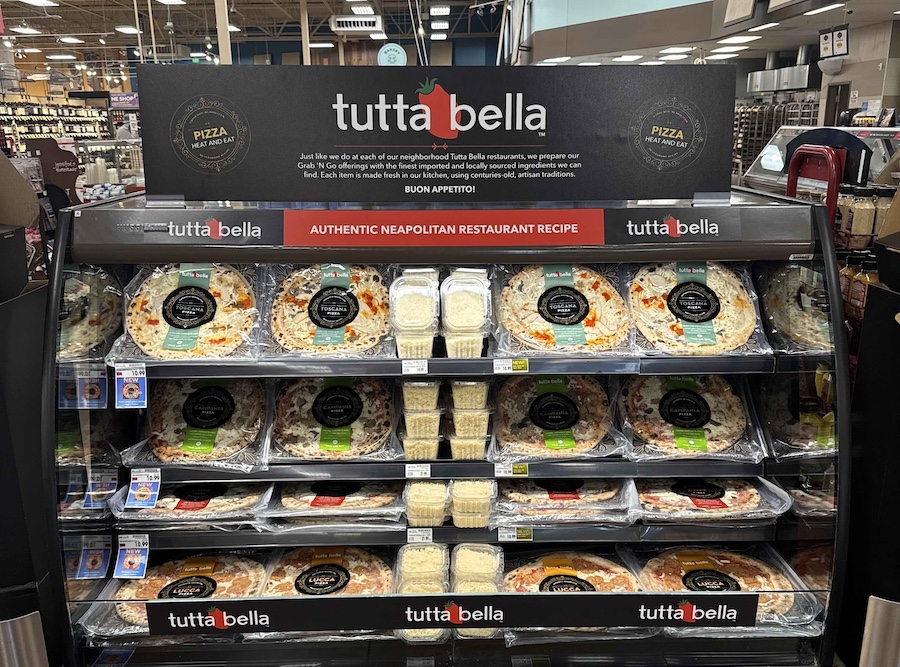Gaming CC Fees
Credit card fees seem minor but they add up quickly for restaurant operators. Navigating these costs has only gotten more complex, as POS providers partner with credit card companies. Today, restaurants have more transparency into their fees than ever — a big shift from a decade ago, when processors operated more like pirates than partners, hiding actual rates. Here’s how to approach fees now, understand their impact and negotiate for what matters to your bottom line.
Percentage Rate vs. Interchange-Plus: Which is Right?
Most fees fall under one of two structures: a flat percentage rate or interchange-plus. The flat percentage rate is straightforward; however, it’s often not the most economical choice, especially for higher-volume restaurants. Interchange-plus, on the other hand, involves a base fee from the card issuer (interchange) plus a small percentage for the processor. This model offers more transparency and can be ideal for multi-unit operators with high sales volumes. The downside? Once you switch to interchange-plus, you can’t typically go back to flat rates. Some accounts grandfathered in at sub-2% rates might be better left alone, especially since volume-based discounts may still apply under their existing structure.
Swipe vs. Keyed Transactions and Their Impact on Costs
Understanding how your transactions are processed is crucial. Swipe (or chip insert/tap) transactions generally have lower rates because they seem more secure. Keyed transactions, on the other hand, carry higher fees since they’re more prone to fraud. For example, Amex’s OptBlue program offers swipe rates between 3.29% and 3.89%—higher for keyed transactions. If you see a lot of keyed-in Amex sales, that cost adds up fast and can skew your overall blended rate. It makes those low Visa swipe rates look less impactful in the bigger picture. Most of us, with high card-present transaction volumes, will have a lot of Visa swipes, but it’s essential to evaluate your sales mix and see where most of your fees are coming from.
The Real Benchmark: Your Full-Blended Rate
Forget chasing the lowest possible rate on each card type — what truly matters is your blended rate. This is the total credit card fees you pay each month against your total sales. If you’re processing a lot of keyed Amex transactions, even a great Visa swipe rate won’t offset those costs. Calculating your full blended rate each month will show what you’re paying, and that’s the figure you can negotiate around. Remember, before you burn everything down over a 0.1% difference, consider the actual impact: 2.4% versus 2.5% on a million dollars in credit card sales amounts to $1,000 across the year. Look closely at whether chasing a rock-bottom rate will cost you in other ways, such as reduced POS functionality or customer support.
Negotiating Today’s POS Landscape
Today’s POS providers are increasingly separating their POS and credit card processing services, meaning your POS rep might not have control over the processing rates. Leverage that separation to your advantage by focusing on the bundled value of additional services, like inventory management or online ordering, that can justify negotiating lower rates. Adding services or modules to your setup might increase your bargaining power. It strengthens your ties with provider’s ecosystem.
If you choose interchange-plus, understand that “plus” typically ranges from 0.1% to 0.4% in fees, depending on volume and other factors. Multi-unit operators should aim to negotiate down to the lower end, but single-unit operators may find a flat rate more predictable and easier to manage.
The Takeaway
Credit card fees can be confusing, but transparency makes it easier to see what you’re actually paying. Focus on your blended rate, balance that cost with the features you need from your POS system, and don’t sweat small differences if they compromise functionality. Negotiation is key, but so is getting a system that works for you.
Mike Bausch is the owner of Andolini’s Pizzeria in Tulsa, Oklahoma. Instagram: @mikeybausch









